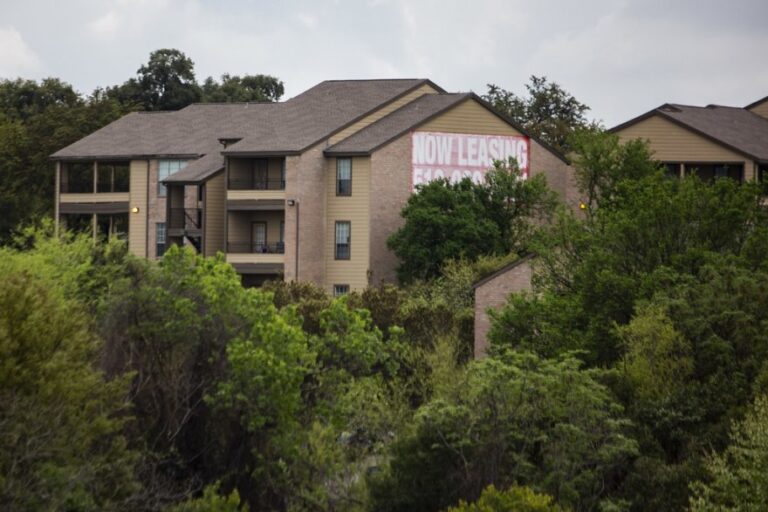David Steinwedell, CEO of the Austin Housing Conservancy, a local, open-ended private equity investment fund, is on a mission to preserve the city’s naturally occurring affordable housing and help keep Austinites in their homes. Steinwedell, who has 35 years of real estate experience and is the former executive director of the educational and research nonprofit, Urban Land Institute, has seen both the positive and negative consequences population growth has had on the city.
“Austin has experienced fantastic growth,” he says. “Any other city would be jealous of what has happened economically. The challenge is that with growth the cost of rent has outpaced wages and now has migrated to affect not just traditionally low-income but the workforce as well. Since 2011, rent has increased by 69 percent and wages by just 15 percent.”
On a mission to provide relief, and with backing from Mayor Steve Adler, the Austin Housing Conservancy wants to secure continuous stable housing for thousands of Austinites. Thus far, Steinwedell and his team have purchased three multifamily buildings around the city.
With rent prices steadily increasing, more and more Austinites have become rent-burdened, a term Steinwedell explains as one’s rent account for 30 percent or more of total monthly income. That is what the Austin Housing Conservancy is fighting against.
“We wanted to see if we could take common institutional investment vehicles and adapt it to see if there could be a way to track private capital to address an issue for the public good,” he says. “So far, we have 792 units that serve 1,200 people. If other companies had come in and bought those buildings, those residents would most likely have been displaced.”
The three buildings under the Austin Housing Conservancy today are for those making approximately 80 percent of the median income, in layman’s terms, around $48,000 a year for a one-person household. The first building is near Wells Branch — a timely acquisition. With the announcement of the new Apple headquarters, rent prices in the Northwest Hills and Wells Branch neighborhoods have already risen by 10 to 20 percent, says Steinwedell.
In the last decade, the naturally occurring affordable units have been disappearing at an alarming rate to make way for luxury apartments and condos. While Steinwedell knows that those luxury high rises are meeting a market demand, it does put more pressure on the working class.
“Ultimately we want to figure out how to build new properties that are affordable,” he says. “Right now, it’s so expensive to build anything that you can’t charge rents that are affordable.
For Steinwedell, it’s not just about preserving housing, it is also about preserving the Austin culture and the quirks that “keep it weird.”
“It’s about your kid’s teacher, it’s the nurse at the doctor you go to, it’s the tattoo-covered barista at your favorite coffee shop,” he says. “If they can’t afford to live here anymore then it starts to rip Austin apart as a really cool place to live.”
Currently, the Austin Housing Conservancy is an Austin-focused fund, but in the future Steinwedell hopes to branch out to other large cities such as San Antonio, Dallas, and Houston, making Texas as a whole a more affordable place to live for all.


